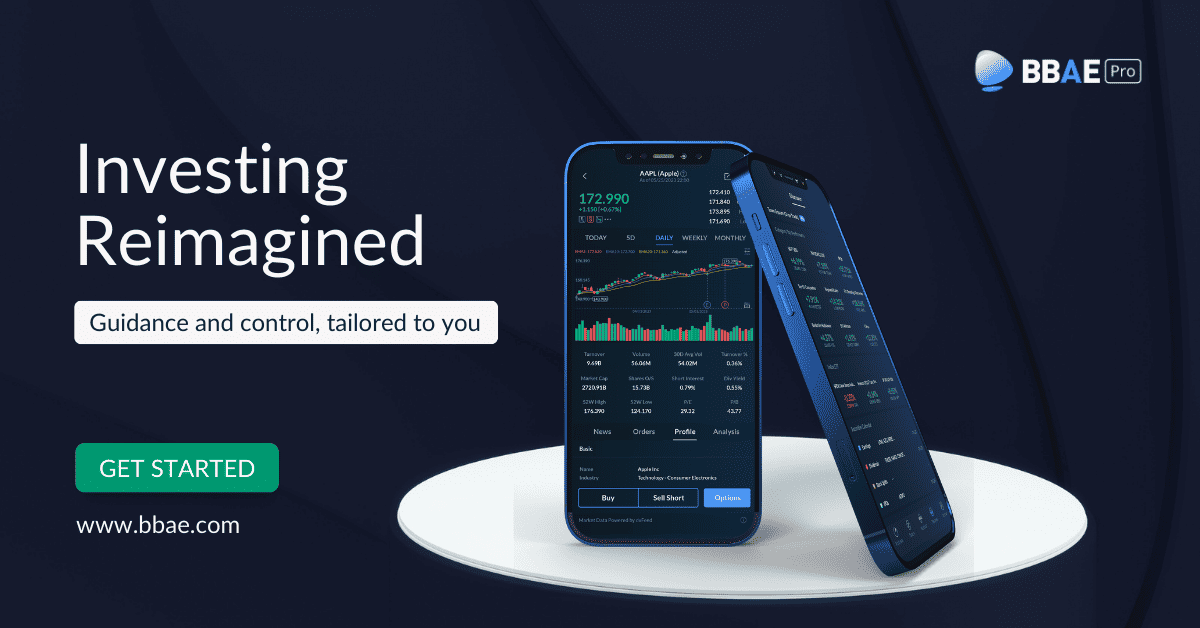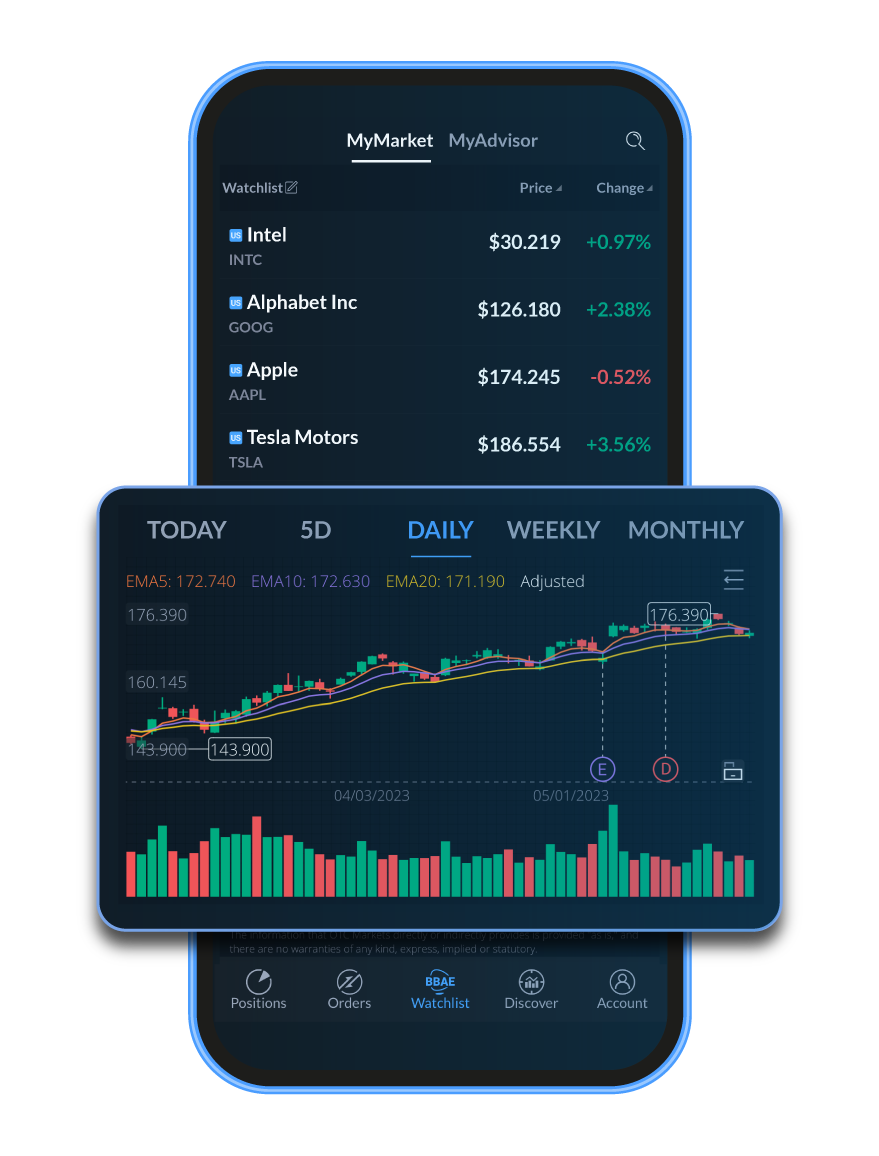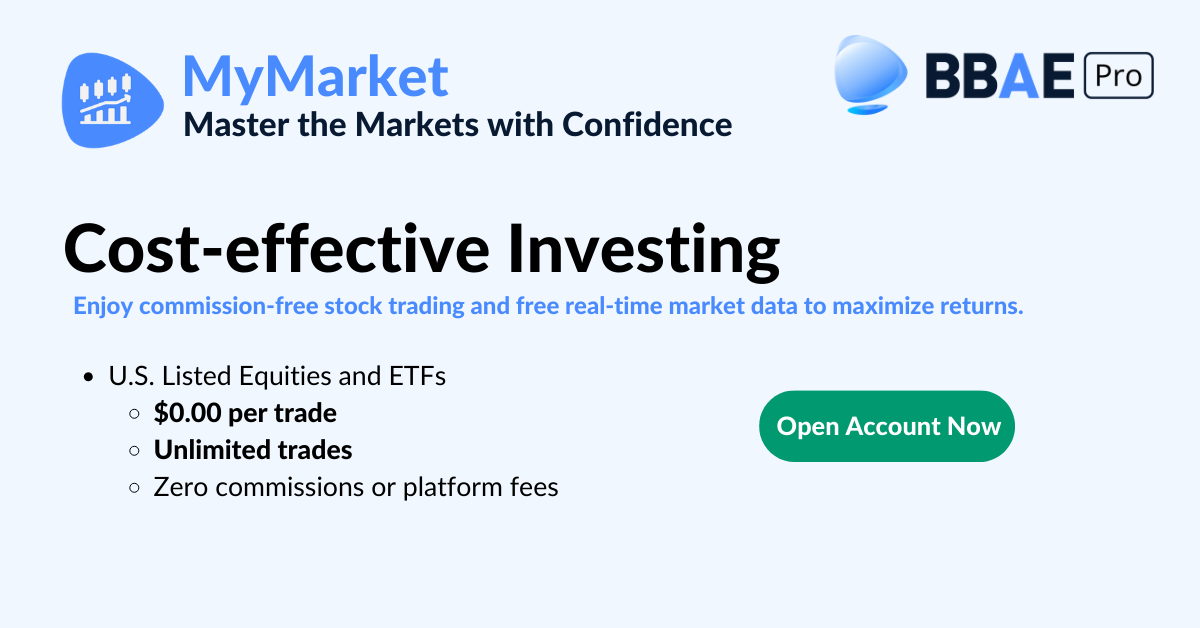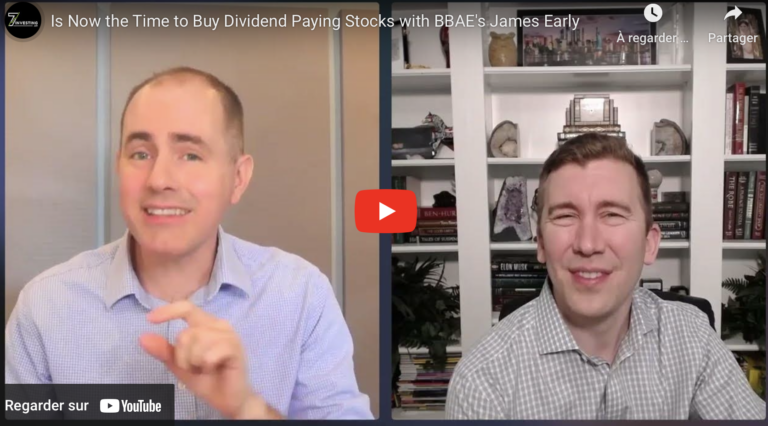Welcome back to our five-part blog series, “BBAE’s Guide to Dividend Investing.” In our previous posts, we introduced you to the world of dividend investing, the BBAE app, and the key components of dividend investing, including the dividend payout ratio, dividend yield, and dividend growth rate.
In this third installment, we will delve into different dividend investing strategies, including the high dividend yield strategy, the dividend growth strategy, and investing in Dividend Aristocrats and Dividend Kings. We’ll also discuss the potential risks of dividend investing and factors to consider when choosing dividend stocks. So, let’s dive in!

Dividend Investing Strategies
When it comes to dividend investing, one size does not fit all. Different investors may prefer different strategies based on their investment goals, risk tolerance, and investment horizon. Here, we will discuss three popular dividend investing strategies.
High Dividend Yield Strategy
The high dividend yield strategy involves investing in companies that offer high dividend yields. As we discussed in the previous blog post, the dividend yield is calculated by dividing the annual dividend payment by the stock’s current price.
Investors who follow this strategy are primarily interested in the income generated by the dividends. This strategy can be particularly appealing for income-focused investors, such as retirees, who rely on the income from their investments for living expenses.
However, a high dividend yield is not always a good thing. It could be a sign that the company is in trouble and the stock’s price has fallen. Therefore, it’s essential to look at the dividend yield in conjunction with other financial metrics and the overall health of the company.
Dividend Growth Strategy
The dividend growth strategy focuses on investing in companies that have a history of consistently increasing their dividends. These companies are often well-managed, with stable earnings and good prospects for future growth.
Investors who follow this strategy are interested in both the income from the dividends and the potential for capital appreciation. The idea is that as the company grows and increases its dividends, the investor’s income stream will grow, and the stock’s price will increase.

Dividend Aristocrats and Dividend Kings
Dividend Aristocrats are companies in the S&P 500 that have increased their dividends for at least 25 consecutive years. Dividend Kings are an even more exclusive group, consisting of companies that have increased their dividends for at least 50 consecutive years.
Investing in Dividend Aristocrats and Dividend Kings can be a good strategy for investors looking for companies with a proven track record of dividend growth. These companies are often leaders in their industries, with strong financials and a commitment to returning capital to shareholders.
Dividend Investing Strategies and Risks
Risks and Considerations in Dividend Investing
While dividend investing can be a profitable strategy, it’s not without risks. Understanding these risks can help you make informed investment decisions.
One of the main risks in dividend investing is the potential for dividend cuts. If a company’s earnings fall, it may choose to reduce or eliminate its dividend to conserve cash. This can lead to a drop in the stock’s price and a decrease in your income from dividends.
Another risk is overexposure to certain sectors. Companies in sectors such as utilities, consumer staples, and real estate are often significant dividend payers. However, having too much of your portfolio concentrated in these sectors can expose you to sector-specific risks.
Finally, while companies that pay dividends are often more stable and less volatile than non-dividend-paying companies, they may also offer lower growth potential. Therefore, dividend investing may not be suitable for investors seeking high growth.
When choosing dividend stocks, it’s important to consider factors such as the company’s dividend payout ratio, dividend yield, and dividend growth rate, which we discussed in the previous blog post. Additionally, you should look at the company’s financial health, industry position, and future growth prospects.
Conclusion
In this third installment of our four-part blog series, we’ve explored different dividend investing strategies, including the high dividend yield strategy, the dividend growth strategy, and investing in Dividend Aristocrats and Dividend Kings. We’ve also discussed the potential risks of dividend investing and factors to consider when choosing dividend stocks.
Dividend investing is a powerful strategy that can provide a steady income stream and potential capital appreciation. By understanding different dividend investing strategies and the associated risks, you can choose the approach that best fits your investment goals and risk tolerance.
In our final blog post, we will discuss how to build a dividend portfolio. We’ll cover steps to build a dividend portfolio and the importance of diversification in dividend investing.
Download the BBAE MyMarket App now and start making smarter, more informed investing decisions.
Subscribe to BBAE’s Blog and stay ahead in the world of investing!
Stay tuned!












